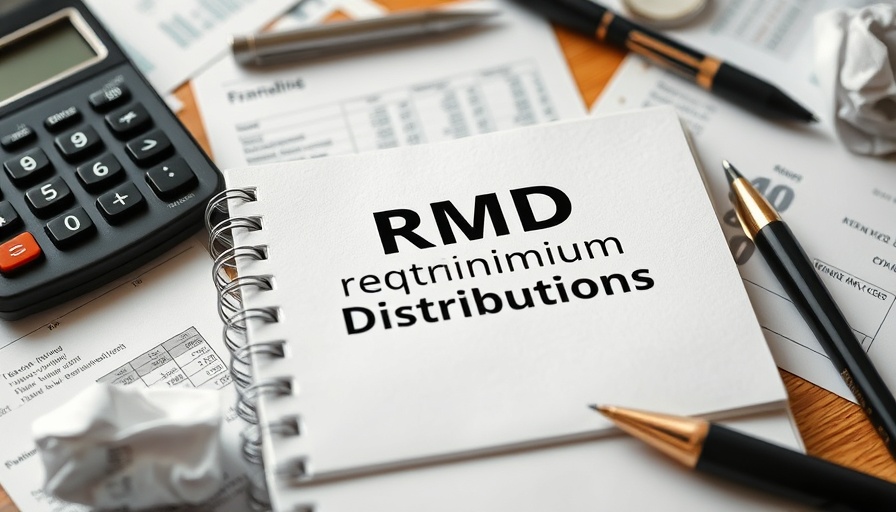
Understanding Required Minimum Distributions: A Key Retirement Milestone
As millions of seniors prepare for retirement, a critical financial adjustment looms on the horizon: Required Minimum Distributions (RMDs). This obligation requires retirees to withdraw a certain amount from their tax-deferred retirement accounts, beginning at age 73. Many may not yet fully grasp the implications of RMDs, especially considering the recent modifications in federal tax laws under The Secure Act 2.0, which raised the RMD age from 70½ to 73.
The Basics of RMDs: Why They Matter
For those who have diligently saved in IRAs and retirement plans, the excitement of retirement can quickly fade into anxiety. Eric Bond, president of Octave Wealth Management, emphasizes that the IRS has allowed you to defer income taxes on your savings for years. However, the time has come to pay what is due. Missing your RMD can lead to substantial penalties, emphasizing the importance of understanding these withdrawals.
How Much Do I Need to Withdraw?
Calculating your RMD is straightforward: the required amount is determined by your account balance as of December 31 of the previous year, divided by a life expectancy factor found in IRS tables. For instance, if you have $100,000 in retirement accounts at age 73, the distribution period is typically 26.5 years. A quick calculation shows that you must withdraw about $3,773.58, with tax implications often leading to further financial considerations.
Planning Ahead: The Importance of Strategy
For many, understanding RMDs isn't just about being compliant; it's about strategizing. As Russell Hackman explains, working with a financial professional can unveil opportunities to manage or reduce future RMDs by considering Roth conversions or adjusting asset allocations. This proactive approach helps manage tax liabilities and facilitates smoother income streams during retirement.
Common Misconceptions Around RMDs
Many seniors mistakenly believe they can only withdraw from one account. In reality, RMDs must be calculated for each qualified retirement account, although total withdrawals can be consolidated across accounts. Misunderstandings like these can lead to penalties, so seeking clarification adds value to your retirement planning.
Navigating Your Retirement Options
Knowing about RMDs opens the door to better retirement planning, from determining the best senior living facilities and housing options to incorporating caregiving services effectively. For seniors contemplating their next steps, understanding RMDs ensures not only compliance but optimal financial health as they move forward.
If you are a senior preparing for retirement, now is the time to ensure you're well-informed about your RMD responsibilities and options. Engaging with financial advisors and exploring senior living alternatives can lead to a more fulfilling retirement.
 Add Row
Add Row  Add
Add 




Write A Comment